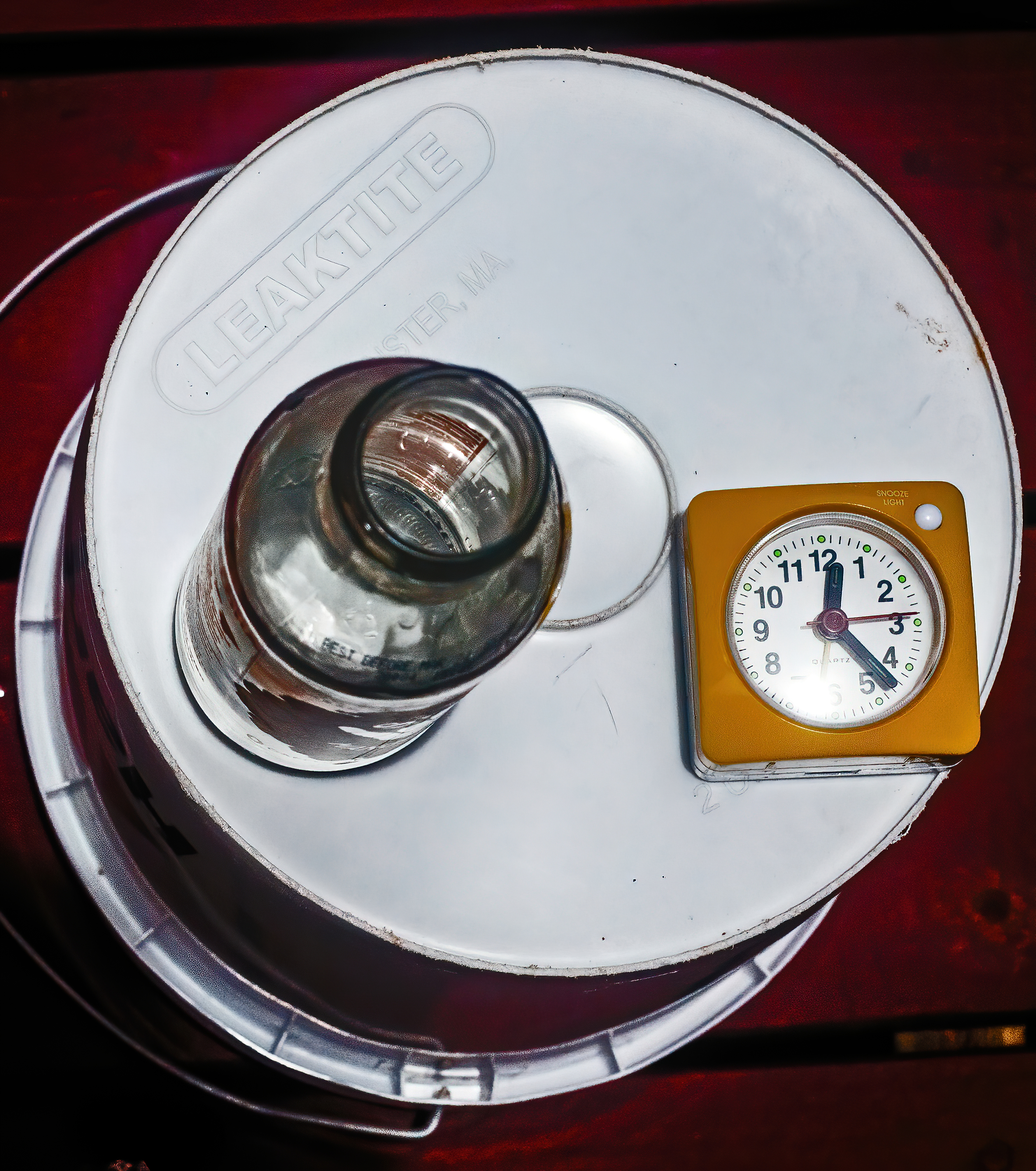
Zenith passage: when the sun djinn stays in his leakproof bottle


It happens only in the tropics — that is, the latitudes between the Tropic of Cancer and the Tropic of Capricorn. Twice a year there — first when the sun is on its way north to the Tropic of Cancer, which it will reach at the summer solstice, then when it is on its way back south to the Tropic of Capricorn, which it will reach at the winter solstice — the sun at noon reaches a point directly overhead and a vertical object will cast no shadow. In Hawaii, where I live, the two dates will be in May and July. And the word tropic means turning point.
Today on Oahu, the still point (terms zenith passage or Lahaina noon) was predicted for 12:28, plus or minus a few minutes on different parts of the island. I set up my vertical object at 9:00 in brilliant sun and started shooting. The brilliant sun persisted until just about noon, but then the clouds rolled in. However, with the camera facing approximately north:
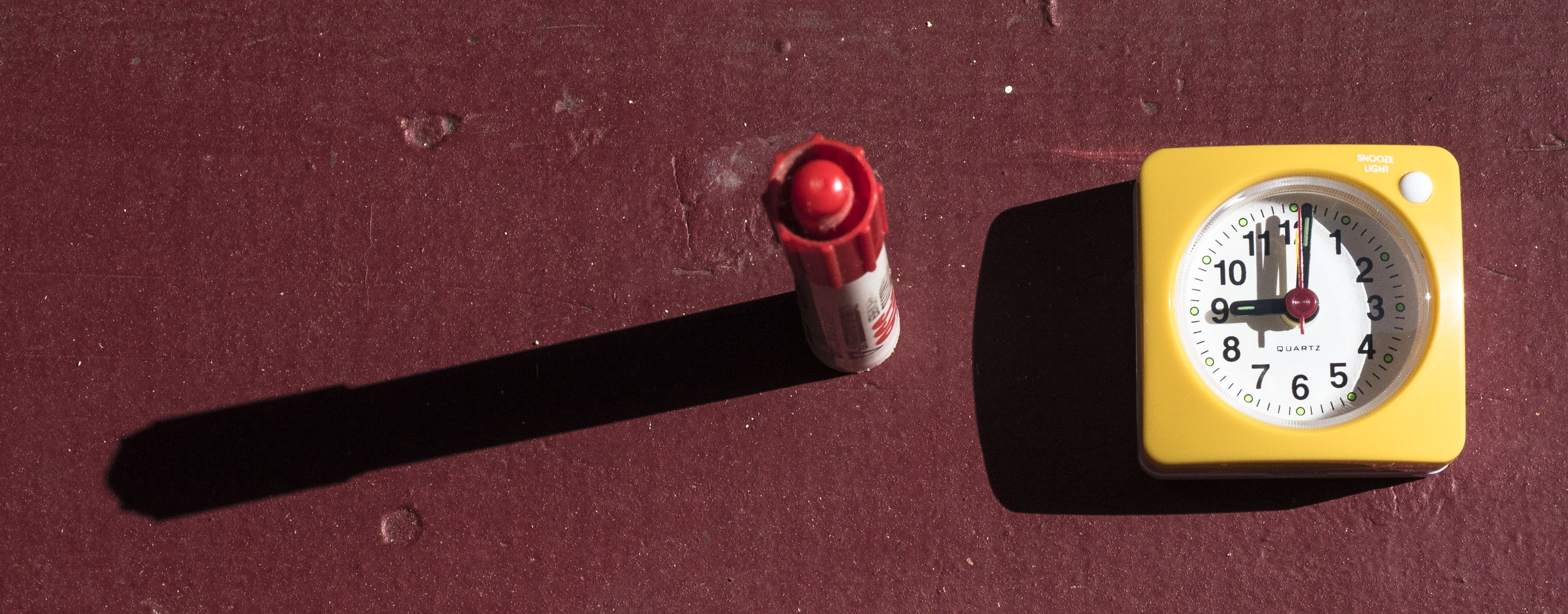
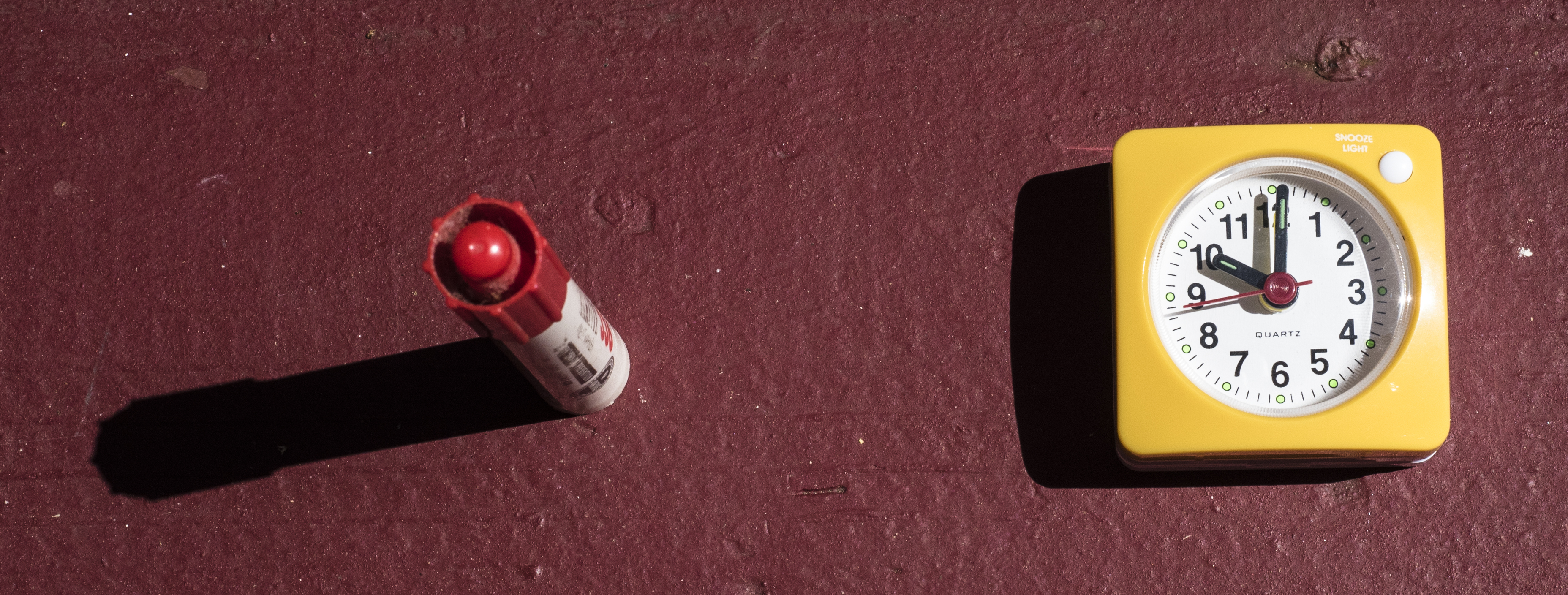




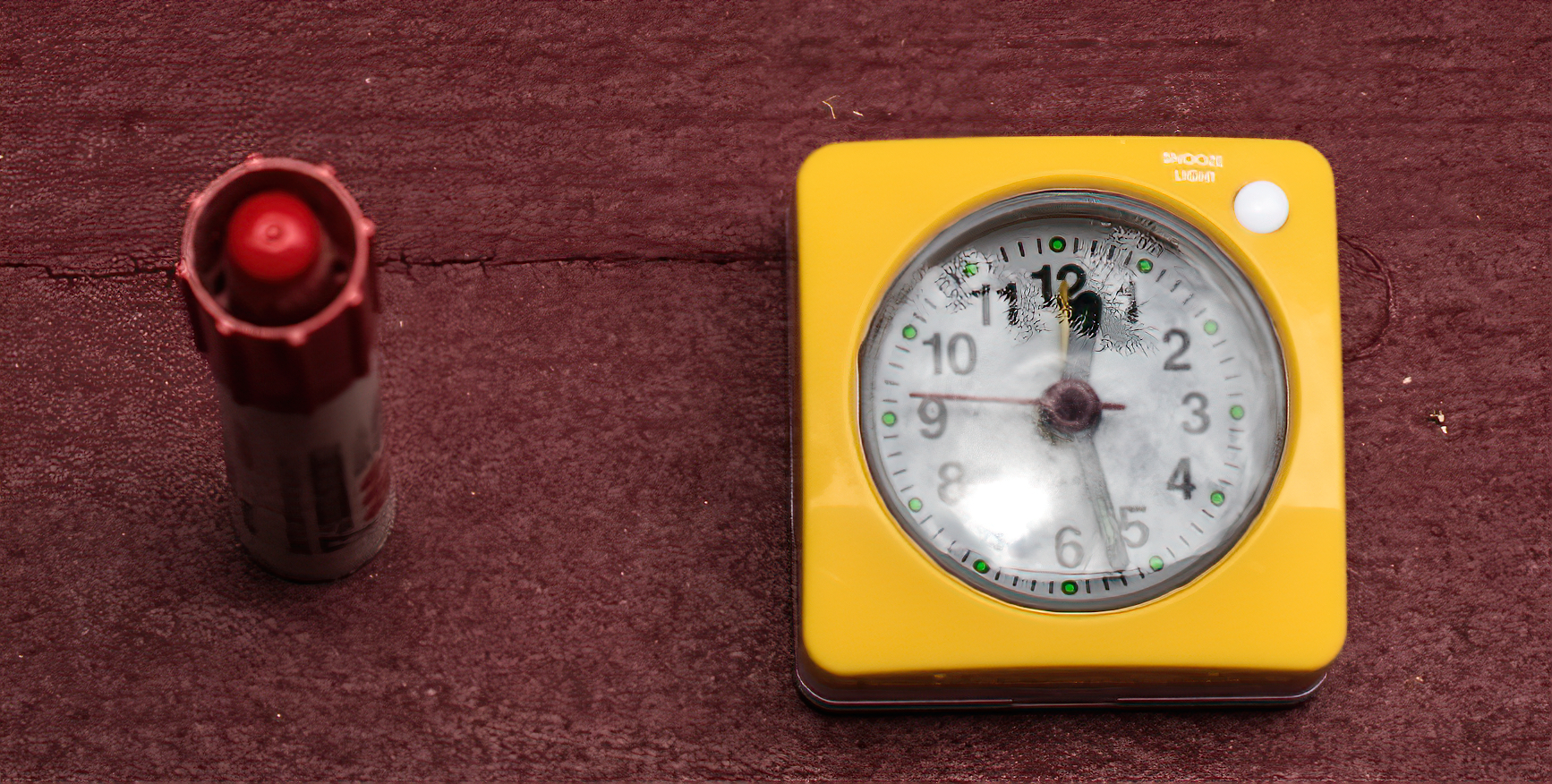

Feel free to copy, but please credit me.
In Honolulu, the first of the two zenith passages for 2019 will occur on Monday, May 27, at 12:28.
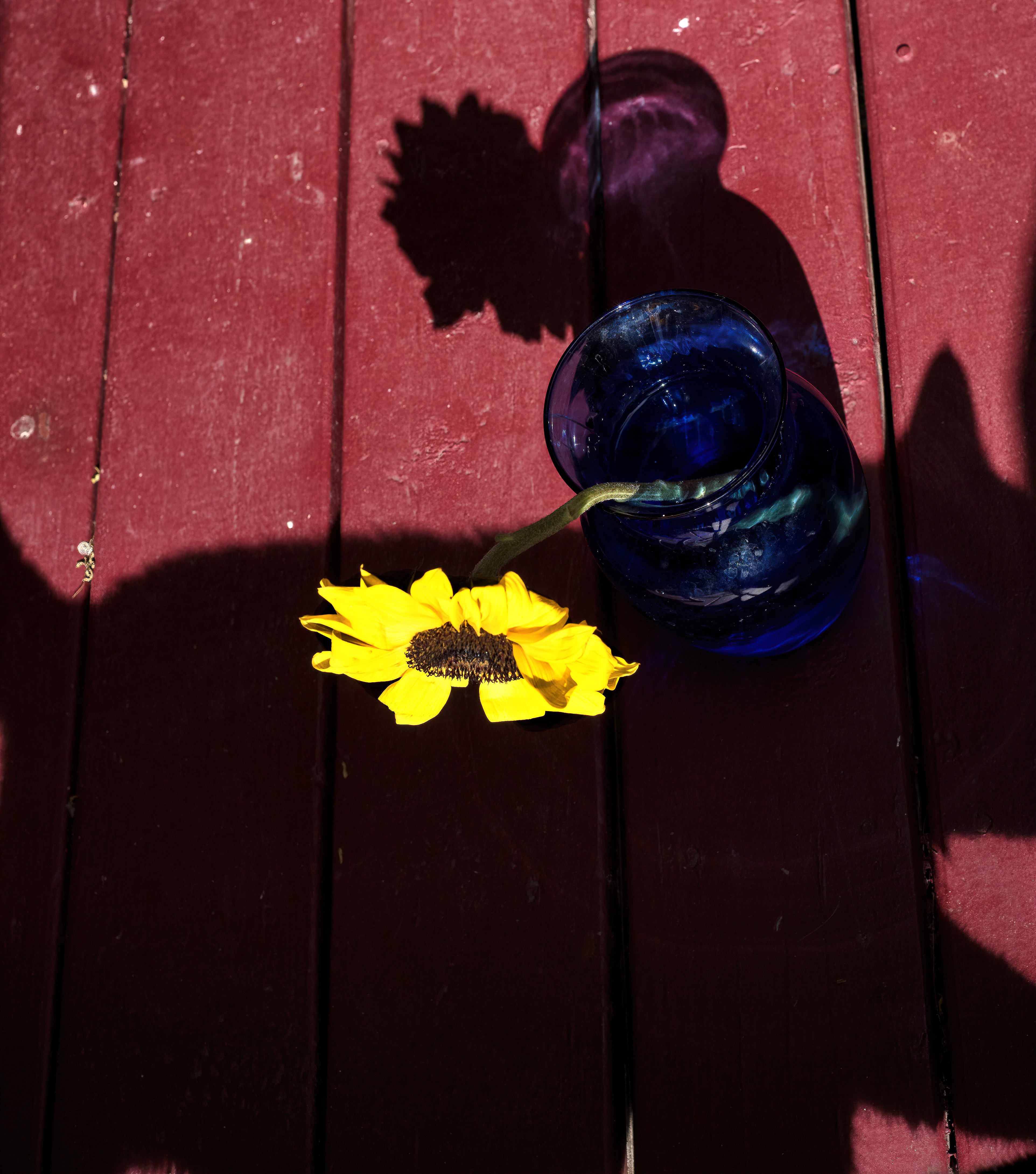
Only in the tropics — that is, only in the latitudes between the Tropic of Cancer and the Tropic of Capricorn — there are two days a year when the sun is directly overhead at noon and a vertical object, such as a flagpole, will cast no shadow. In Hawaii, where I live, one of those days occurs in May, when the sun is headed north to its summer solstice rendezvous with the Tropic of Cancer, and the other occurs in July, when the sun is headed back south to its winter solstice date with the Tropic of Capricorn. The astronomical term for the phenomenon is zenith passage.
Watch the shadow swing around its still point this year at
If you aren’t sure what you’re supposed to have seen, speed up the effect by sliding the cursor along the timeline and watching the shadow grow shorter and shorter on the west side of the foot of the stemware, then disappear, then reappear on the east side. The music is Bartók’s Music for Strings, Percussion and Celesta, movement 4, allegro molto. Seiji Ozawa, Berlin Philharmonic.
Visible only in the tropics – that is, in the latitudes between the Tropic of Cancer and the Tropic of Capricorn – this is the zenith passage or Lahaina noon: the moment when the sun is directly overhead and an object standing vertically will cast no shadow. In the tropics it comes twice a year: when the sun is on its way north to the Tropic of Cancer (which it will reach at the summer solstice) and when it is on its way back south to the Tropic of Capricorn (which it will reach at the winter solstice). In Hawaii, where I took this picture today, the dates are in May and July.
And the picture’s title comes from a poem by Emily Dickinson, “I had been hungry all the years.”